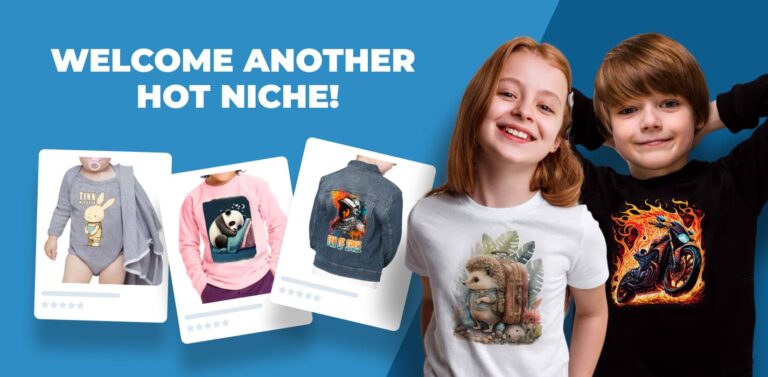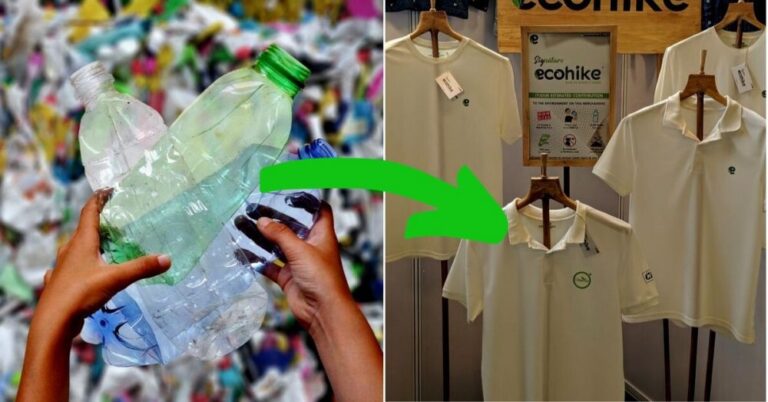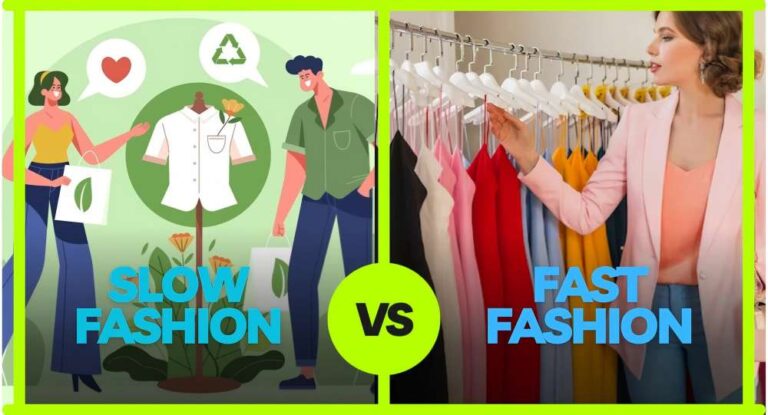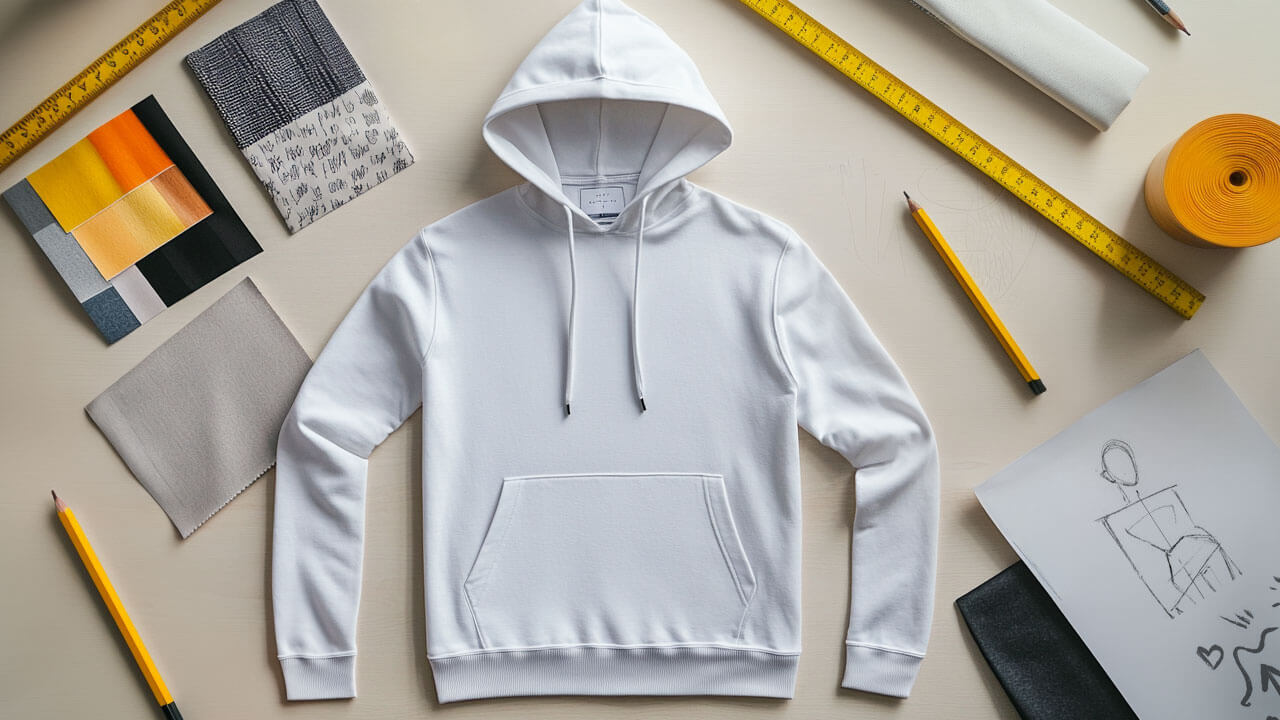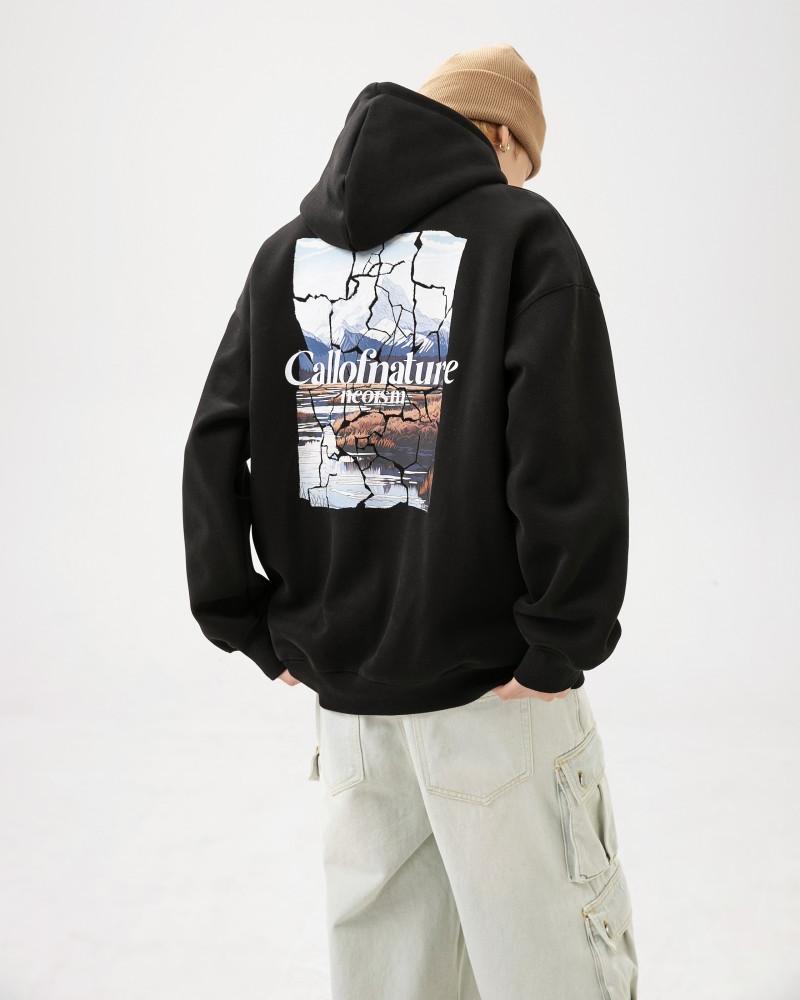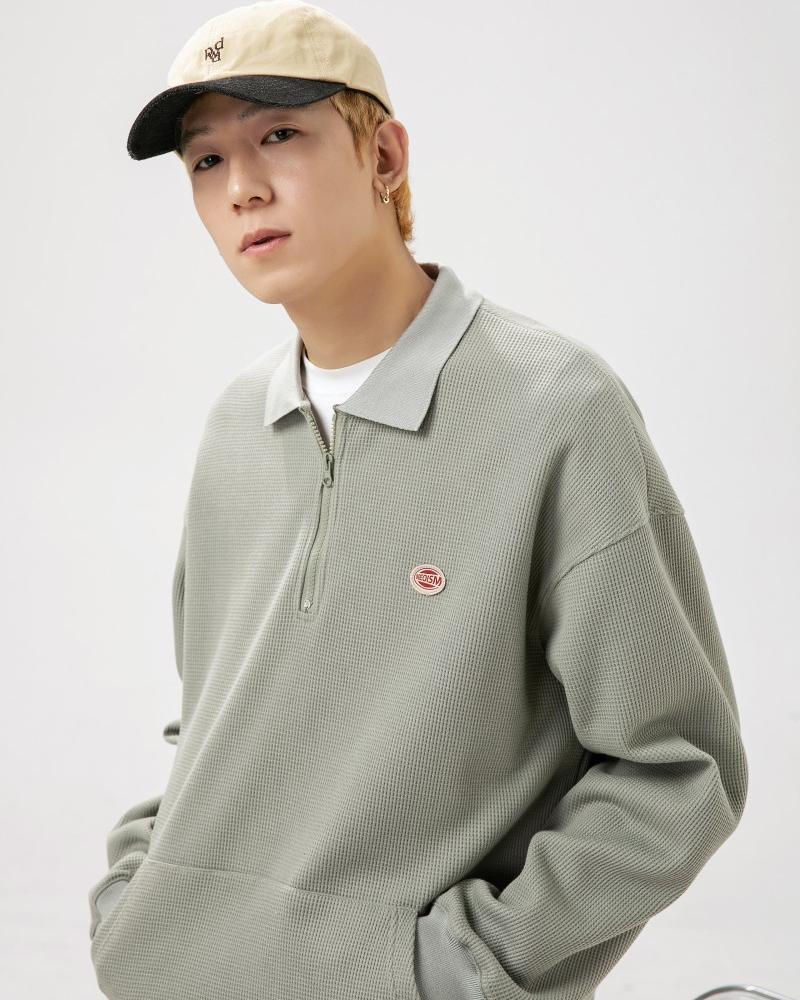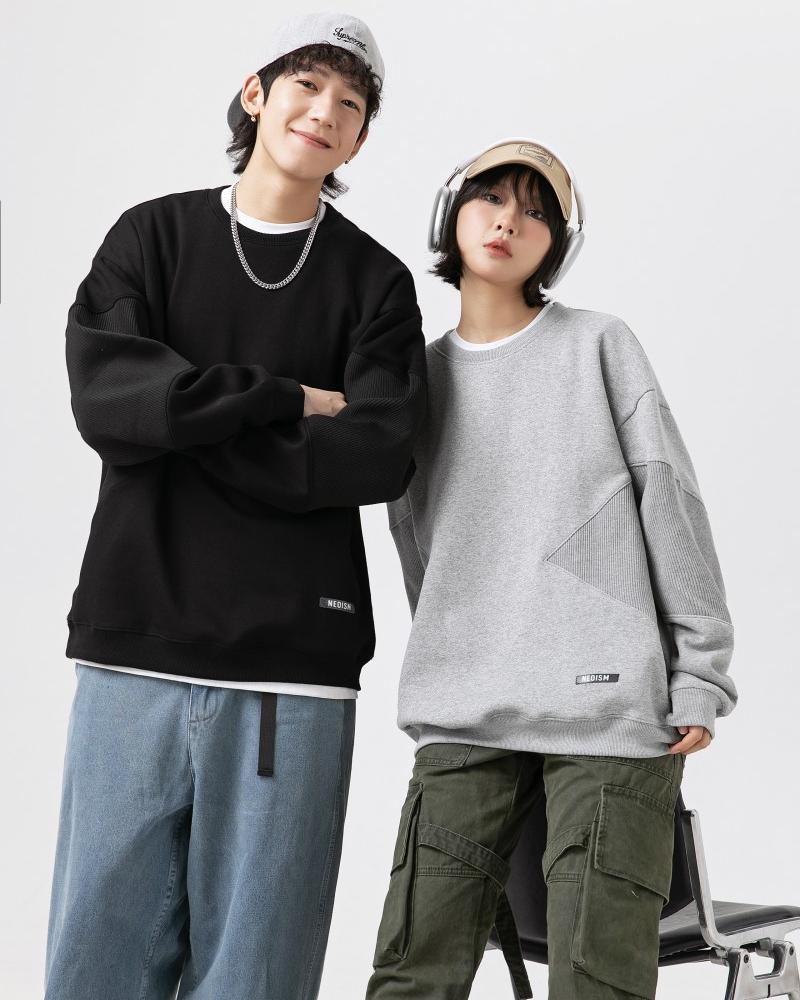-
No. 28, Zhanqian 1st Street, Liuhua Subdistrict, Yuexiu District, Guangzhou City
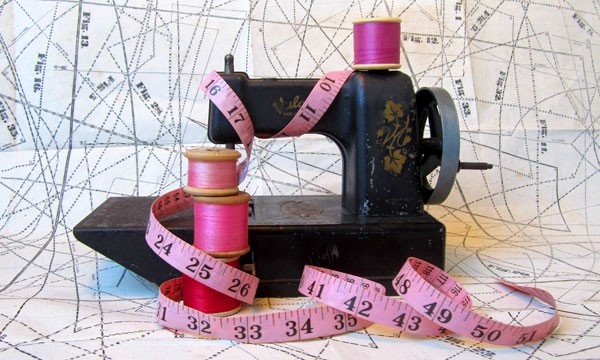
The Art of Coat Manufacturing: A Complete Guide to Crafting Premium Outerwear
Table of Contents
Abstract
This comprehensive guide explores the intricate process of coat manufacturing, from design conception to final production. Covering 10 essential aspects including fabric selection, pattern engineering, insulation techniques, and sustainable practices, we reveal what distinguishes premium coats from mass-produced alternatives. With comparative data on materials, construction methods, and industry benchmarks, this resource equips designers, manufacturers, and fashion enthusiasts with technical insights to create functional yet stylish outerwear.
1. Historical Evolution: How Coat Design Shapes Modern Manufacturing
Core Thesis: Understanding heritage informs contemporary design
- Military origins: Trench coats (Burberry, 1912) introduced waterproof gabardine and storm flaps
- Industrial revolution: Mass production enabled standardized sizing (Brooks Bros, 1900s)
- Modern innovations: 63% of luxury brands now integrate historical details (McKinsey 2023)
Key Data:
| Era | Innovation | Modern Adaptation |
|——|————|——————-|
| 1800s | Ulster collar | Detachable hood systems |
| 1920s | Raglan sleeves | Athletic-cut outerwear |
| 1980s | Synthetic insulation | Recycled PrimaLoft® technology |
2. Material Science: Selecting Fabrics for Function & Form
Core Thesis: Fiber composition determines performance
Natural Fibers:
- Wool (Merino vs Cashmere):
- 18-22 micron Merino resists pilling 3x longer than generic wool
- Cashmere provides 8x more warmth per ounce (WTO 2022)
Technical Synthetics:
- Gore-Tex membranes block rain while allowing 25L/m² vapor transmission
- Cordura® nylon enhances abrasion resistance by 40% vs standard fabrics
Sustainability Shift:
- 48% of premium brands now use recycled materials (Textile Exchange 2023)
3. Pattern Engineering: The Blueprint of Quality
Core Thesis: Precision cutting reduces waste and improves fit
- 3D prototyping decreases sample iterations by 60% (Lectra 2023)
- Grading rules:
- Premium brands allow ±2mm seam tolerance vs fast fashion’s ±1cm
- Japanese “Kai-awase” pattern matching ensures print continuity
Case Study:
Canada Goose’s Arctic program uses 37 pattern pieces for extreme weather protection vs fast fashion’s 18-piece average.
4. Insulation Technologies: Balancing Warmth and Weight
Core Thesis: Advanced fill materials redefine cold-weather gear
Performance Comparison:
| Type | Warmth/Weight Ratio | Compression Recovery |
|——-|———————|———————-|
| Down | 900FP = Gold standard | 85% after 100 compressions |
| PrimaLoft® | 98% down equivalence | 95% recovery (superior for wet climates) |
| Thermore® | Eco-friendly alternative | 80% recycled content |
Innovation Spotlight:
- HeiQ Smart Temp phase-change materials regulate microclimate
- 3M Thinsulate™ provides warmth at 1/3 thickness of traditional fills
5. Sustainable Manufacturing: The Green Revolution
Core Thesis: Eco-innovation reduces environmental impact
Breakthrough Technologies:
- DyeCoo CO2 dyeing saves 32L water per coat (adopted by Patagonia)
- Bio-based membranes:
- Bloom algae foam (used by Pangaia) reduces petroleum dependency
- Mycelium leather (Bolt Threads) cuts carbon emissions by 89%
Certifications Matter:
- Bluesign® approved fabrics ensure chemical safety
- Fair Trade Certified sewing improves worker livelihoods
6. Hardware & Trims: The Devil in the Details
Core Thesis: Functional accents enhance durability
Premium Standards:
- YKK Vislon® zippers withstand -40°C to 80°C temperatures
- Corozo nut buttons offer scratch resistance comparable to horn
- Riri® waterproof zippers maintain function after 25,000 cycles
Luxury Differentiators:
- Hermès uses hand-forged palladium hardware
- Moncler’s Maya coat features laser-etched aluminum snaps
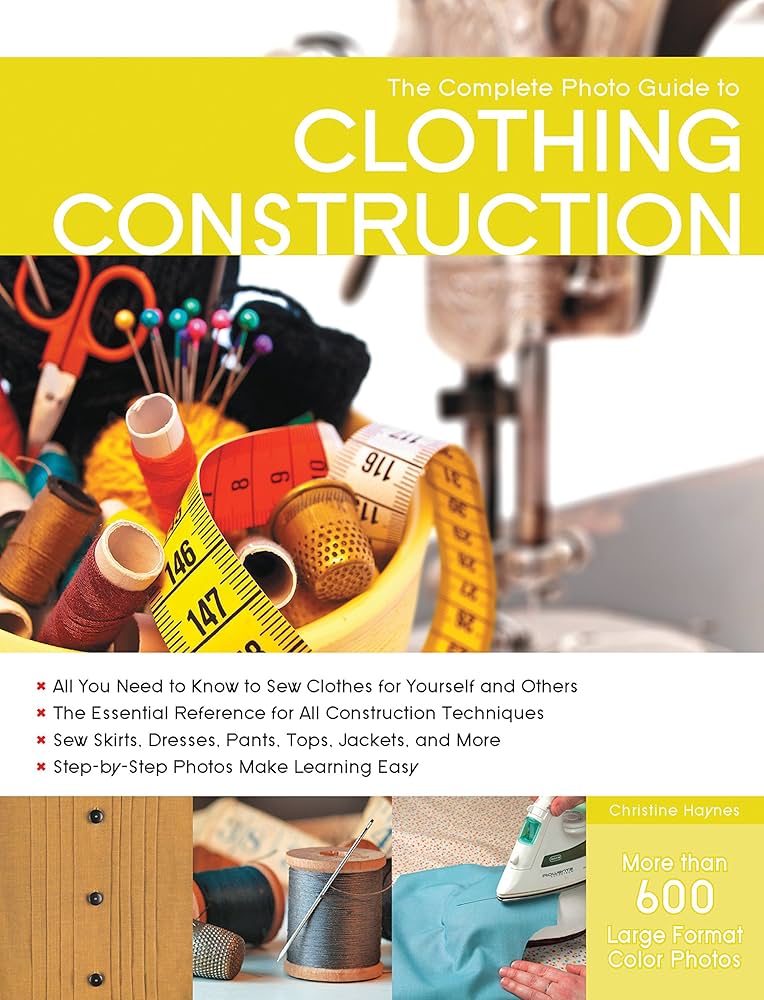
7. Quality Control: Industry Benchmarks Decoded
Core Thesis: Rigorous testing ensures longevity
AQL Standards:
| Grade | Allowed Defects/100 Units | Typical Use |
|——-|————————–|————|
| 1.0 | 1.0 | Luxury houses (Max Mara) |
| 2.5 | 2.5 | Premium brands (Barbour) |
| 4.0 | 4.0 | Mass market |
Critical Tests:
- Martindale abrasion: 50,000+ rubs for performance outerwear
- ISO 6330 wash tests: Colorfastness after 30 home launderings
8. Cost Drivers: Why Prices Vary Wildly
Core Thesis: Construction methods impact value
Price Breakdown (Wool Peacoat):
| Factor | Fast Fashion | Mid-Tier | Luxury |
|——–|————-|———|——-|
| Fabric | $8/m (50% acrylic) | $35/m (Virgin wool) | $120/m (Loro Piana) |
| Labor | 45 min (Vietnam) | 2.5 hrs (Portugal) | 8 hrs (UK bespoke) |
| Hardware | $0.50/unit | $3/unit | $22/unit (Solid brass) |
Expert Insight:
Hand-felled seams add 3x labor time but prevent unraveling.
9. Future Trends: Smart Outerwear Emerges
Core Thesis: Technology integrates with tradition
Wearable Tech Integration:
- Ralph Lauren RLX Heated Jacket: 11hr battery life, 3 temp zones
- Ministry of Supply Mercury AI coat: Automatically adjusts insulation
Biodegradable Materials:
- Kombucha leather decomposes in 90 days
- Algae-based dyes reduce aquatic toxicity by 76%
10. Consumer Guide: Spotting Quality at a Glance
Core Thesis: Educated buyers make better choices
Checklist for Premium Coats:
✅ Seams: 8-12 stitches per inch, bar-tacked stress points
✅ Lining: Cupro or Bemberg® (not polyester) for breathability
✅ Weight: 600g+ for winter wool, 300-400g for transitional
Red Flags:
❌ Puckered seams indicate poor tension control
❌ Gaping buttonholes signal rushed production
FAQS
1. What makes premium coats different from mass-produced ones?
Premium coats use higher-quality materials (e.g., Merino wool, Gore-Tex), precise construction (±2mm seam tolerance), and durable hardware (YKK zippers, Corozo buttons). Mass-produced coats often cut costs with synthetic blends and looser tolerances (±1cm).
2. Which insulation is best for extreme cold?
Down (900 fill power) offers the best warmth-to-weight ratio, while PrimaLoft® performs better in wet conditions (95% compression recovery).
3. How do sustainable coats reduce environmental impact?
They use recycled materials (e.g., 80% recycled Thermore®), waterless dyeing (DyeCoo), and bio-based alternatives (algae foam, mycelium leather).
4. What are key signs of a well-made coat?
Look for:
8–12 stitches per inch
Bar-tacked stress points
Breathable linings (Cupro/Bemberg®)
No puckered seams or gaping buttonholes
Conclusion
Mastering coat manufacturing requires balancing heritage craftsmanship with technological innovation. As sustainability becomes imperative and smart textiles evolve, the future promises outerwear that’s both ecologically responsible and performance-driven. Whether you’re a designer specifying materials or a consumer investing in timeless pieces, understanding these 10 principles ensures informed decisions.
Which innovation excites you most? Share your thoughts below!

